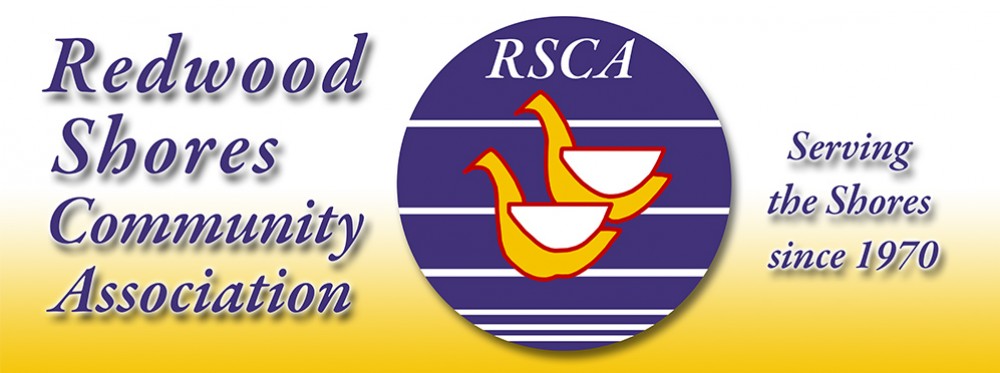Varietal labeling — naming the wine after the primary grape from which it’s made — is so prevalent that you might think that all wines are labeled that way. Not so. When you shop at your favorite wine retailer and consider buying a wine from France, Spain, Italy, Germany, and other European countries, you will notice that the wine is not named after the primary grape. Rather, it is named after the region where it is produced. As such, it may, for example, indicate “Chablis” (France), or “Chianti” (Italy), or “Ribera del Duero” (Spain). This method is known as the appellation method, and the wines are labeled with the name of the geographical region from which it came, rather than the underlying grape(s) from which it is made.
How did that come about? The flash-card answer is it’s an outcome of history. The detailed answer is the European winegrowers discovered centuries ago, through trial and error, that each grape variety does its best in specific types of soils, exposures, and environments. Eventually, those in the wine industry and, more importantly, their worldwide customers came to accept and acknowledge that, for example, the best Chardonnay originated in France’s Burgundy region (Bourgogne) as did the best Pinot Noir. And when someone was offered a Bourgogne Rouge (Red Burgundy) he/she was confident it was a Pinot Noir from that Region. It was, to be sure, the Real Thing.
The French appellation system, on which other European countries based their own system, was created in 1935 to protect growers in the most famous winemaking regions against the illegal “knock offs” from unscrupulous producers in other regions. Its goal was to give wine buyers a guarantee of origin and authenticity. Please note, it does not guarantee quality. However, overall, that has been the result. Without delving into arcane details, the appellation controls the following very important items: the permitted grapes, the geographical boundaries, vineyard yields, alcohol levels, and certain vineyard and vinification practices.
But does this system have any real consequence for you? You might notice while doing your supermarket shopping that some jug wines still carry the appellation names “Chablis” and “Burgundy”. Do you think you’re getting the Real Thing? Likewise California sparkling wine producers, who label theirs as “Champagne,” would have you imagine that theirs is identical to the French model. Think so? Don’t care? Well, suppose you’re drinking a bottle of red wine that is labeled “Napa Zinfandel,” but somehow it just doesn’t taste as you remember. It’s a lot cheaper, and seemed like a great deal at the price, but as you struggle through the last few sips, you pick up the bottle and spot some very small print on the back label that states “Produced in Yugoslavia.” Obviously, it’s not the Real Thing.
— Tom Barras
